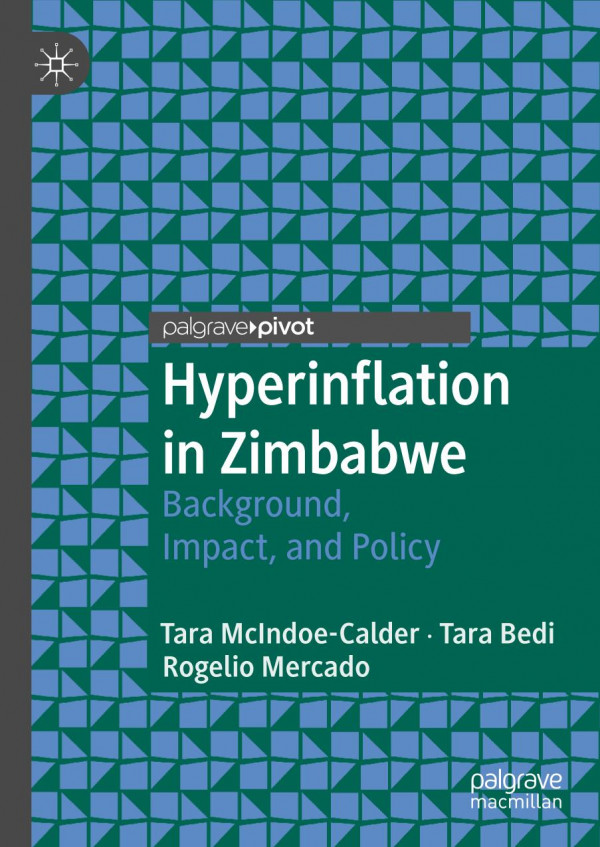

Most ebook files are in PDF format, so you can easily read them using various software such as Foxit Reader or directly on the Google Chrome browser.
Some ebook files are released by publishers in other formats such as .awz, .mobi, .epub, .fb2, etc. You may need to install specific software to read these formats on mobile/PC, such as Calibre.
Please read the tutorial at this link: https://ebookbell.com/faq
We offer FREE conversion to the popular formats you request; however, this may take some time. Therefore, right after payment, please email us, and we will try to provide the service as quickly as possible.
For some exceptional file formats or broken links (if any), please refrain from opening any disputes. Instead, email us first, and we will try to assist within a maximum of 6 hours.
EbookBell Team

4.7
56 reviewsThis book investigates the hyperinflation in Zimbabwe in the 2000s. The authors present a full description of the Zimbabwean hyperinflation in its relevant economic, historical and political context. They address parallels with other hyperinflations, discuss the economics of hyperinflation in general and of the Zimbabwean hyperinflation in particular, and provide a money demand estimation using a new dataset. The study concludes with several policy lessons. This book will be of interest to researchers in both social sciences and the humanities, as well as practitioners and policy-makers in development economics, and those in the banking industry.